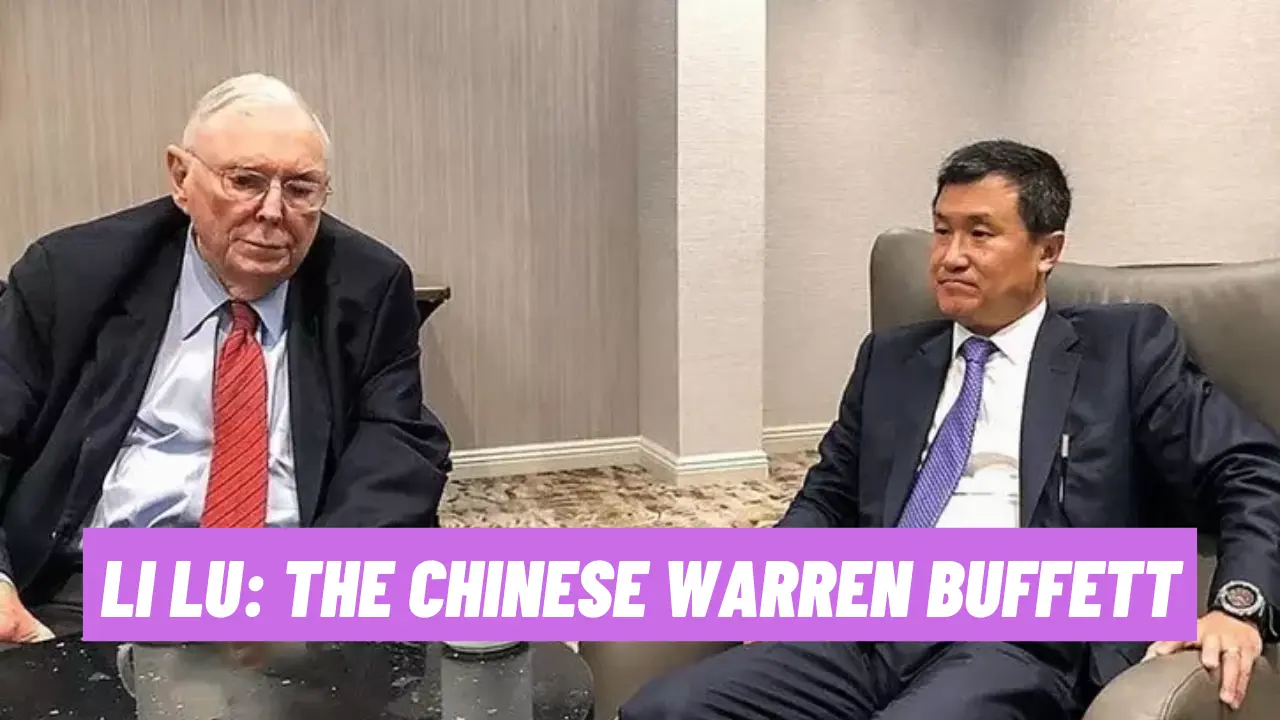In recent months, the Reserve Bank of India (RBI) has introduced several measures that indicate a cautious stance towards the credit card industry. These actions are seen as part of a broader regulatory approach to ensure financial stability and protect consumers. This article delves into the RBI’s concerns, the impact on credit card issuers and consumers, and the broader implications for the financial sector.
Credit card numbers have grown exponentially in the past few years from 5.5 crores in December 2019 to 10.2 crore in March 2024.Yet the penetration is around 4%, which is well below the World Bank’s Benchmark of 30%.
In fact the growth in UPI over the years has impacted Debit cards way more than the credit cards. Debit card transaction fell 30% in March this year to 11.6 crore in stores and 41% in online transactions to 4.3 crore.
Many companies like AXIS, HDFC, and SBI have been devaluing their credit offerings and are cautiously issuing new cards. Credit card devaluation refers to the decrease in offers and benefits on credit card spending.
Key RBI Measures Targeting Credit Cards
- Cap on Interest Rates:
- Regulation: The RBI has proposed capping interest rates on credit card balances. This move aims to prevent exorbitant rates that can trap consumers in a cycle of debt.
- Impact: Banks and non-banking financial companies (NBFCs) might need to adjust their business models, which currently rely heavily on high-interest revenue from credit card holders.
- Tighter Credit Risk Management:
- Guideline: New guidelines have been issued to enhance the credit risk management framework for credit card issuers. This includes more stringent criteria for approving credit limits and monitoring customer spending patterns.
- Impact: These measures could lead to a reduction in the number of credit card approvals, especially for high-risk individuals.
- Stricter Disclosure Norms:
- Transparency: The RBI mandates clearer disclosures on fees, interest rates, and penalties associated with credit card usage. The goal is to ensure that consumers are fully informed about the costs and risks.
- Impact: Enhanced transparency might reduce consumer complaints and increase trust, but it could also lead to a decrease in credit card usage as users become more aware of the costs involved.
- Control on Unsecured Loans:
- Limitations: The RBI is also looking at placing restrictions on the issuance of unsecured loans via credit cards, which often carry high-interest rates and fees.
- Impact: This could curb the growth of credit card-driven loan portfolios, particularly those targeting consumers in need of quick, unsecured loans.
Reasons Behind RBI’s Caution
- Rising Household Debt:
- Concern: With increasing credit card usage, there has been a corresponding rise in household debt levels. The RBI is wary of the potential systemic risks posed by high levels of unsecured debt.
- Statistics: Recent data shows a significant increase in credit card delinquencies, which could lead to broader financial instability if not managed properly.
- Consumer Protection:
- Goal: The RBI’s measures are aimed at protecting consumers from the pitfalls of high-interest credit and ensuring fair practices in the credit card industry.
- Initiatives: Efforts to improve transparency and cap interest rates are part of a broader strategy to safeguard consumer interests.
- Economic Stability:
- Stability: By tightening regulations, the RBI aims to mitigate risks that could impact economic stability, especially given the volatility in the global financial markets.
- Precaution: These steps are seen as preemptive measures to prevent a potential credit crisis stemming from over-leveraged consumers.
Impact on Credit Card Issuers
- Profit Margins Under Pressure:
- Challenge: With caps on interest rates and tighter credit controls, credit card issuers may see a squeeze on their profit margins.
- Response: Banks and NBFCs might need to diversify their revenue streams and focus on more sustainable lending practices.
- Shift in Business Models:
- Adaptation: Credit card companies may have to innovate and find new ways to attract and retain customers, such as offering more value-added services or focusing on lower-risk customer segments.
- Technology Integration: There could be an increased emphasis on integrating technology to improve credit risk assessment and customer engagement.
What This Means for Consumers
- Access to Credit:
- Restriction: Consumers, especially those with lower credit scores or unstable financial histories, might find it harder to obtain credit cards or secure high credit limits.
- Alternatives: They may need to explore other forms of credit or adjust to more stringent borrowing conditions.
- Cost of Credit:
- Awareness: With enhanced transparency, consumers will be better informed about the true cost of using credit cards, potentially leading to more prudent spending and borrowing decisions.
- Benefit: The cap on interest rates could reduce the financial burden on consumers who rely on credit cards for short-term financing.
- Financial Literacy:
- Education: The RBI’s focus on clear disclosures could drive a broader push towards improving financial literacy among consumers, helping them make more informed financial choices.
- Empowerment: Consumers will be better equipped to manage their finances and avoid the debt traps associated with high-interest credit cards.
Broader Implications for the Financial Sector
- Regulatory Landscape:
- Precedent: The RBI’s measures could set a precedent for further regulatory oversight in other areas of consumer finance, prompting a reevaluation of risk and compliance strategies across the sector.
- Adaptation: Financial institutions may need to enhance their regulatory compliance frameworks to align with the evolving guidelines.
- Market Dynamics:
- Competition: Increased regulation could lead to a more competitive landscape as smaller or more agile players adapt quicker to the new environment.
- Innovation: This could spur innovation in financial products and services, particularly in fintech, where there is potential to offer more consumer-friendly and compliant credit solutions.
- Consumer Behavior:
- Shift: As consumers become more aware of the costs associated with credit cards, there might be a shift towards more conservative financial behaviors, impacting overall consumer spending patterns.
- Savings and Investment: This could also lead to an increased focus on saving and prudent investment as opposed to reliance on credit for daily expenses.







